Have you ever noticed your cat lounging just out of arm’s reach, close enough to see you but clearly not interested in cuddles or head scratches? It’s a behavior that tugs at the heartstrings and puzzles cat lovers everywhere. Why do our feline friends seem to prefer being near us rather than basking in our undivided attention? The answer is far more fascinating than you might think. Journey with us through the mysterious, sometimes hilarious world of cat psychology and discover the real reasons behind this curious choice. Prepare to see your cat’s actions in a whole new light!
The Unique Social Structure of Cats

Cats aren’t like dogs, who often crave constant physical contact. Their wild ancestors were solitary hunters, and this heritage remains deeply ingrained. Domestic cats may have adapted to living with humans, but their social needs are still very different. They form loose social groups when food is abundant, but maintain personal space as a sign of respect and security. This means your cat can love you dearly while also craving independence. Rather than crowding you, your cat chooses to simply be near you, which is a quiet but powerful gesture of trust in the feline world.
Proximity as a Sign of Trust
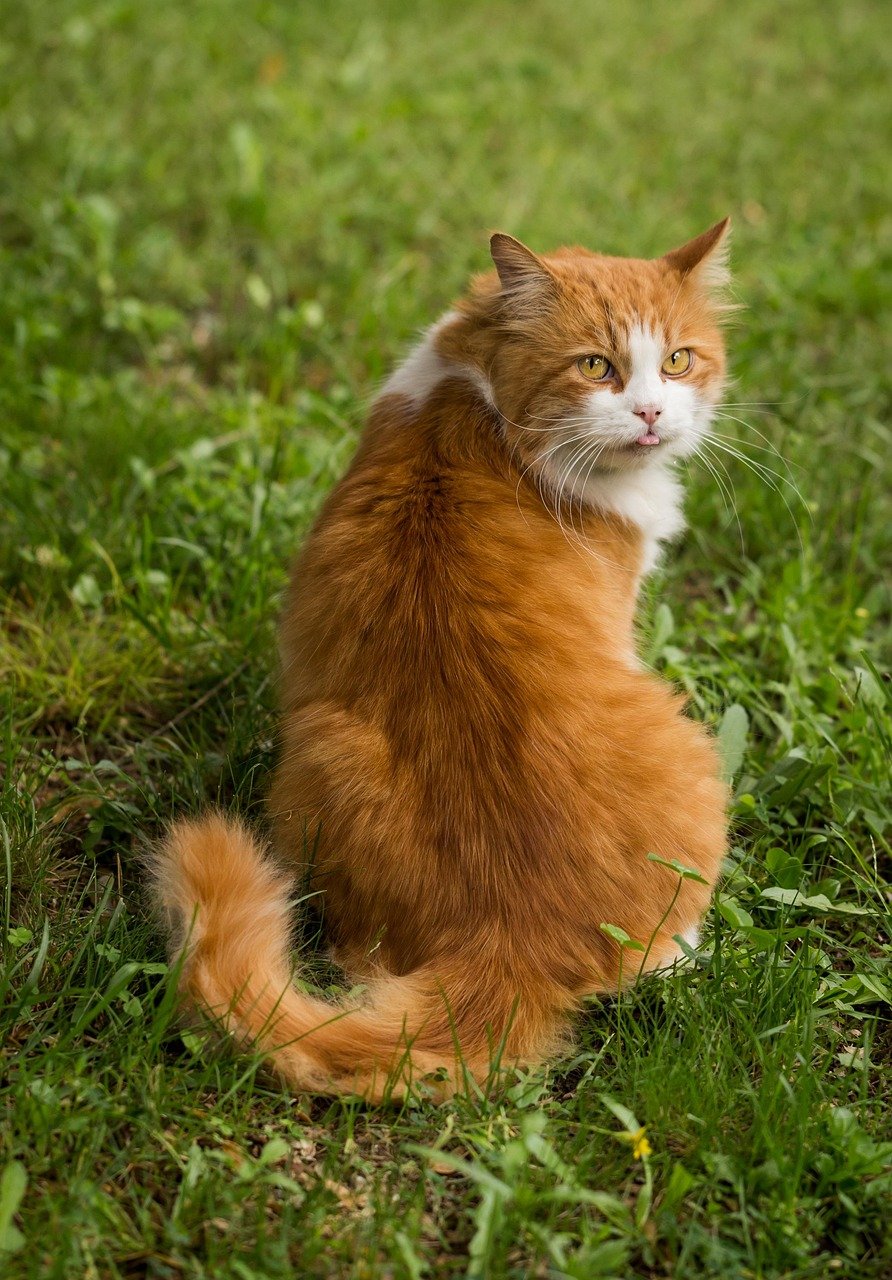
When your cat sits nearby without demanding touch, it’s a subtle sign of affection. Proximity, rather than attention-seeking, communicates comfort and trust. In feline language, being close but not on top of someone is a way of saying, “I feel safe around you.” This behavior shows your cat sees you as part of their social group but also respects your space. It’s almost as if they’re saying, “I want to be with you, but let’s keep it chill.” Such moments are worth treasuring—they mean your cat feels deeply at home.
The Value of Silent Companionship

Cats are masters of quiet presence. They don’t need to be petted constantly to feel connected. In fact, many cats show their love by simply sharing a room, watching you from a cozy perch, or sleeping nearby. This silent companionship is their way of bonding without overwhelming either party. It’s a lesson in the beauty of subtlety: love doesn’t always need words or grand gestures. The comfort of knowing someone is there, even in silence, can be powerful for both cats and humans.
Reading Your Cat’s Body Language
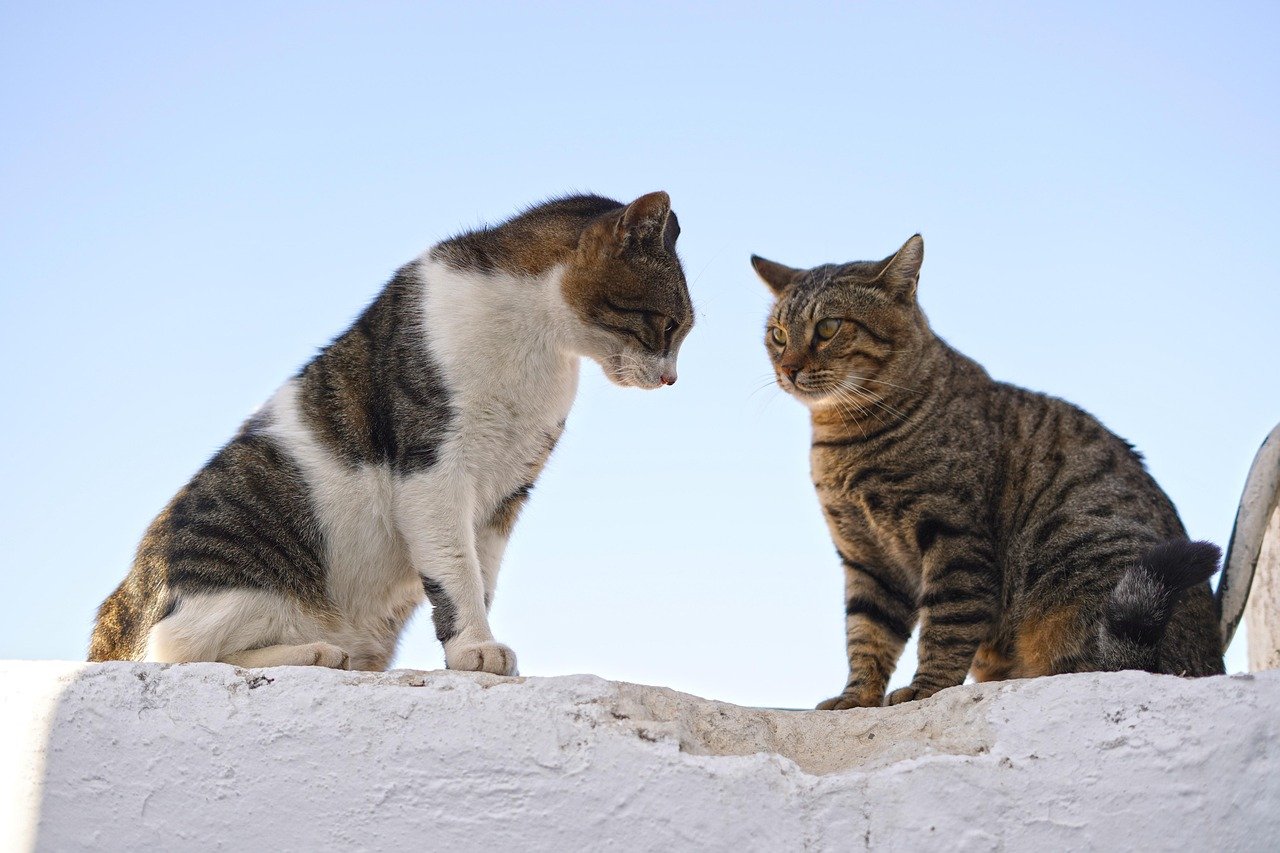
Understanding your cat’s signals is key to building a stronger bond. If your cat chooses proximity over attention, look for other signs of contentment—slow blinking, relaxed posture, or a softly swaying tail. These cues let you know your cat feels safe and happy. Sometimes, a cat’s preference for proximity is a way to communicate, “I’m here for you, but let’s not make a big deal out of it.” Recognizing these subtle messages can deepen your relationship, making both you and your cat feel more connected.
Respecting Feline Boundaries

Just like people, cats have different comfort zones. Some cats love cuddles, while others prefer their personal space. Respecting your cat’s boundaries builds trust and prevents stress. When your cat chooses to sit nearby rather than on your lap, it’s not a rejection—it’s a request for companionship on their terms. By honoring their wishes, you reinforce the trust between you. In time, your cat may even become more affectionate, knowing you respect their needs.
The Influence of Early Socialization
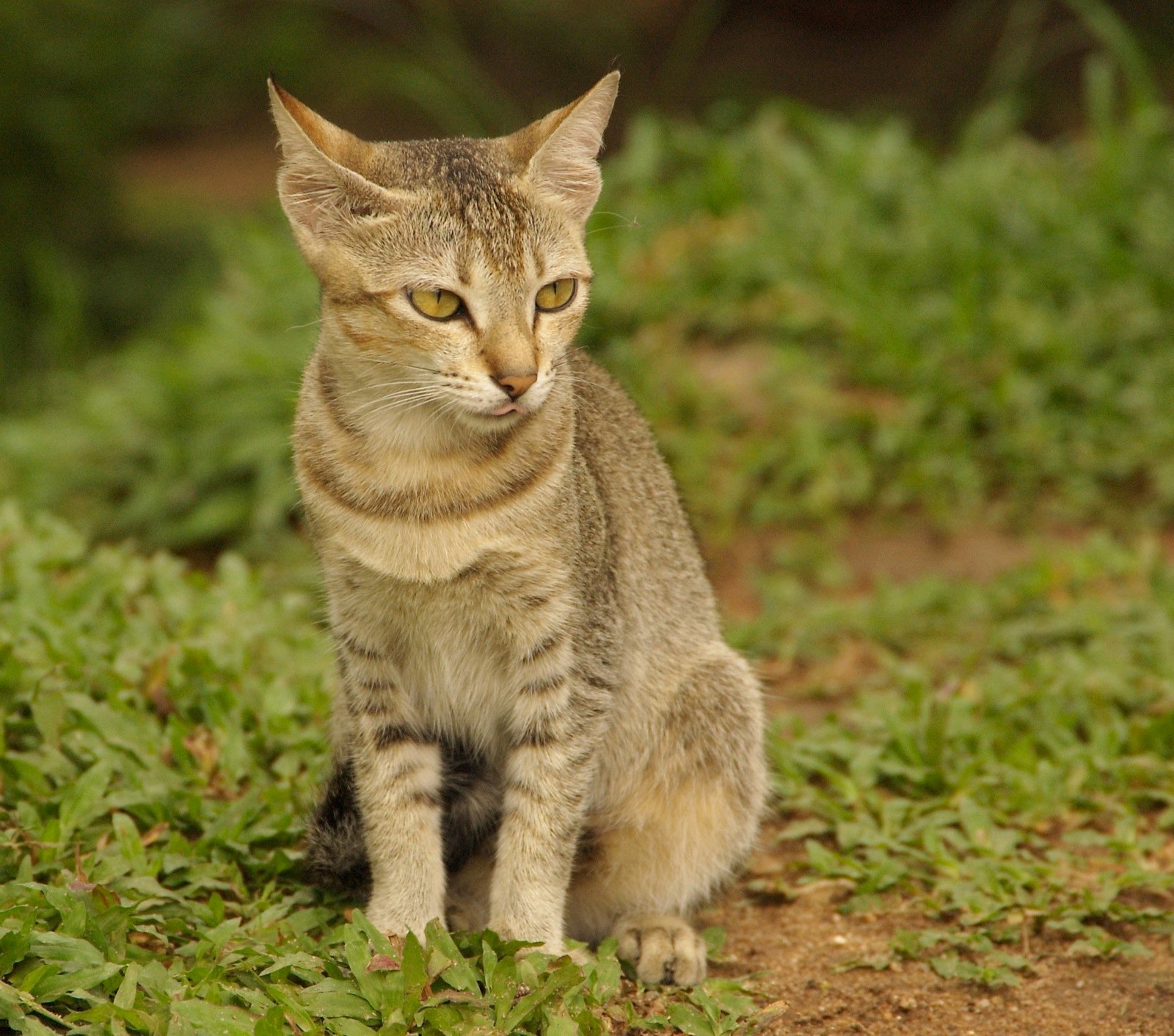
A cat’s behavior as an adult often reflects its early life experiences. Kittens who are handled gently and frequently during their first weeks are usually more comfortable with physical attention. In contrast, those with limited human contact may prefer proximity over touch. This doesn’t mean they love you any less; they’re simply expressing affection in a way that feels safe for them. With patience and positive experiences, even the shyest cats can become more confident and engaged.
Environmental Factors at Play

The environment can greatly influence your cat’s behavior. A noisy household, new pets, or unfamiliar visitors may make your cat prefer keeping a watchful distance. Proximity allows them to feel secure while still being part of the action. By providing quiet spaces and cozy hiding spots, you can help your cat feel more at ease. Over time, a calm environment encourages your cat to relax and draw nearer—sometimes even seeking out your attention more often.
Individual Personality Differences

No two cats are exactly alike. Some are natural lap cats, while others are more reserved. Personality plays a big role in how your cat shows affection. Shy or independent cats often express love through proximity rather than direct contact. This doesn’t mean they’re less loving; they just have a different way of showing it. By accepting your cat’s unique personality, you create a stronger, more harmonious bond.
The Role of Routine and Familiarity
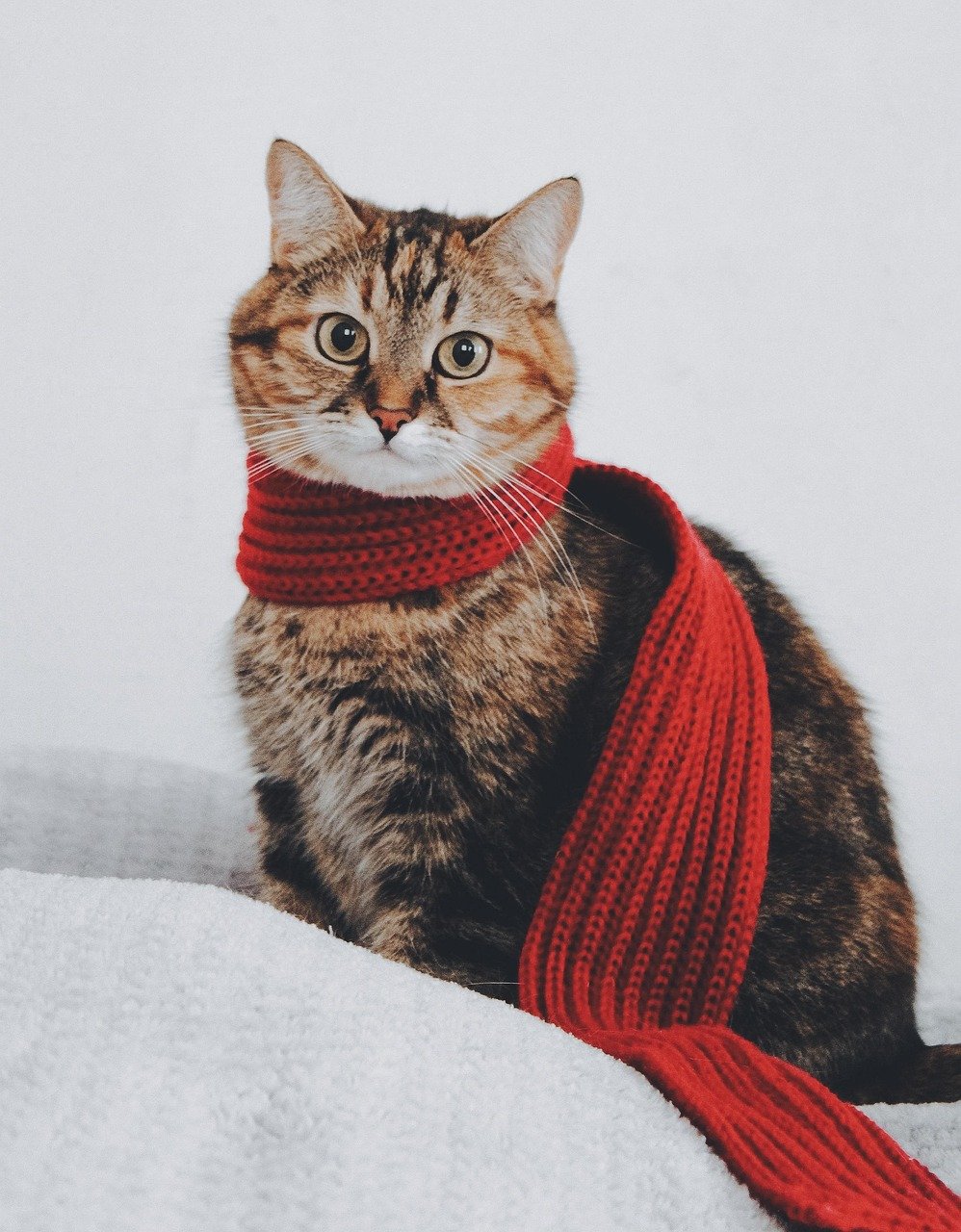
Cats thrive on routine and familiarity. When your cat chooses proximity over attention, it may be a sign they feel secure in your daily rituals. They know your patterns and want to be close as you go about your day—even if they don’t want to be the center of attention. This quiet companionship is a testament to their comfort with you and their environment. Routine brings reassurance, and your cat’s presence is a gentle reminder of their trust.
Understanding Mutual Respect in Cat-Human Relationships

A successful relationship with your cat is built on mutual respect. When your cat sits nearby, they’re acknowledging your presence without demanding anything in return. It’s their way of saying, “I respect your space, and I hope you respect mine.” This balance creates a peaceful coexistence where both parties feel comfortable and valued. Over time, this mutual understanding can lead to deeper trust and more affectionate moments.
Stress and Overstimulation
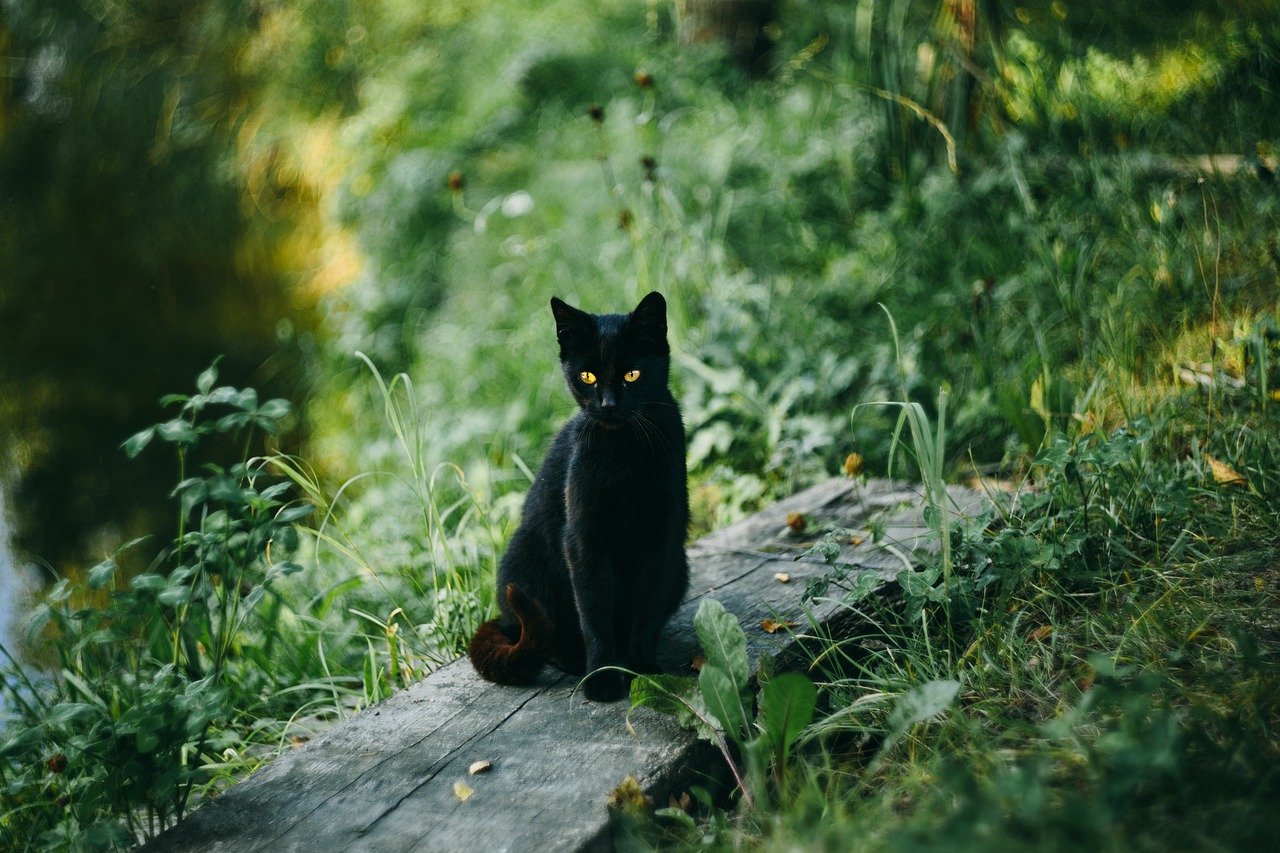
Cats can become easily overstimulated by too much attention or physical contact. When this happens, they may retreat but still stay nearby to keep a sense of connection. By choosing proximity, your cat can enjoy your company without feeling overwhelmed. Recognizing the signs of overstimulation—such as twitching tails or flattened ears—can help you avoid pushing your cat too far. Respecting their limits helps maintain a happy and harmonious relationship.
How Age Influences Affection

A cat’s age can shape how it seeks attention. Kittens are more likely to demand cuddles and play, while older cats often prefer the comfort of simply being close. As cats age, they may develop aches or become more sensitive, making them less interested in physical touch. Proximity becomes a way to stay connected without discomfort. Understanding these age-related changes allows you to support your cat’s evolving needs and keep your bond strong.
Security Through Scent and Presence

Cats rely heavily on scent to feel secure. By sitting near you, your cat can absorb your familiar smell, which offers comfort and reassurance. They may rub their face or body on nearby furniture to mingle their scent with yours, strengthening their sense of belonging. This exchange of scents is a form of bonding that doesn’t require direct contact. Your cat’s preference for proximity is their way of saying, “You’re part of my world.”
Nighttime Behaviors and Sleeping Patterns
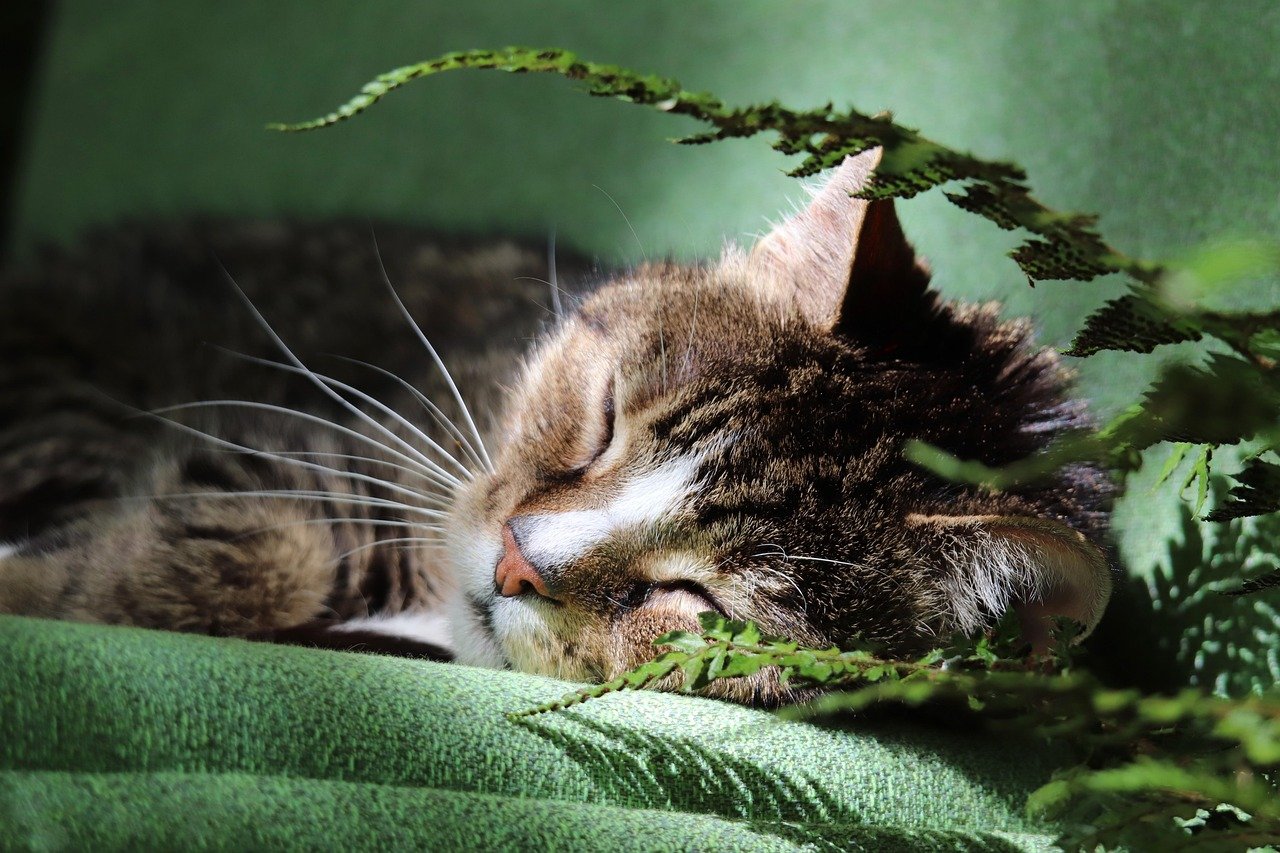
Many cat owners notice their pets choosing to sleep close by at night, often at the foot of the bed or on a nearby chair. This nighttime proximity reflects your cat’s desire for safety and companionship. While not always seeking cuddles, your cat finds comfort in your presence as they rest. This behavior is rooted in their instinct to stay close to trusted companions while remaining alert to their surroundings. Sharing nighttime space is another silent declaration of trust.
Health and Physical Comfort

Sometimes, a cat’s preference for proximity over attention is linked to their health. Cats experiencing pain or discomfort may avoid being touched but still want to be near their favorite person for solace. If your cat’s behavior changes suddenly, or if they seem withdrawn, a check-up with the vet is wise. Proximity in these moments is a request for comfort and support, even if physical contact is too much.
Playfulness Without Physical Contact

Not all cats want to be petted, but most enjoy interactive play. Your cat may choose to sit near you, watching or joining in as you dangle a toy or roll a ball. This playfulness, even from a distance, is another way your cat bonds with you. Engaging in games that respect their boundaries can strengthen your relationship and bring out your cat’s joyful side. Sometimes, a playful glance or pounce is worth more than a thousand cuddles.
The Power of Observation

Cats are natural observers. By choosing proximity, your cat can watch your every move, study your habits, and learn your routines. This keeps them mentally stimulated and helps them feel involved in your life. Observation is also a form of entertainment for cats; they enjoy being near the action without always being the center of it. Your cat’s quiet watchfulness is a sign of their fascination and fondness for you.
Bonding Moments That Don’t Involve Touch
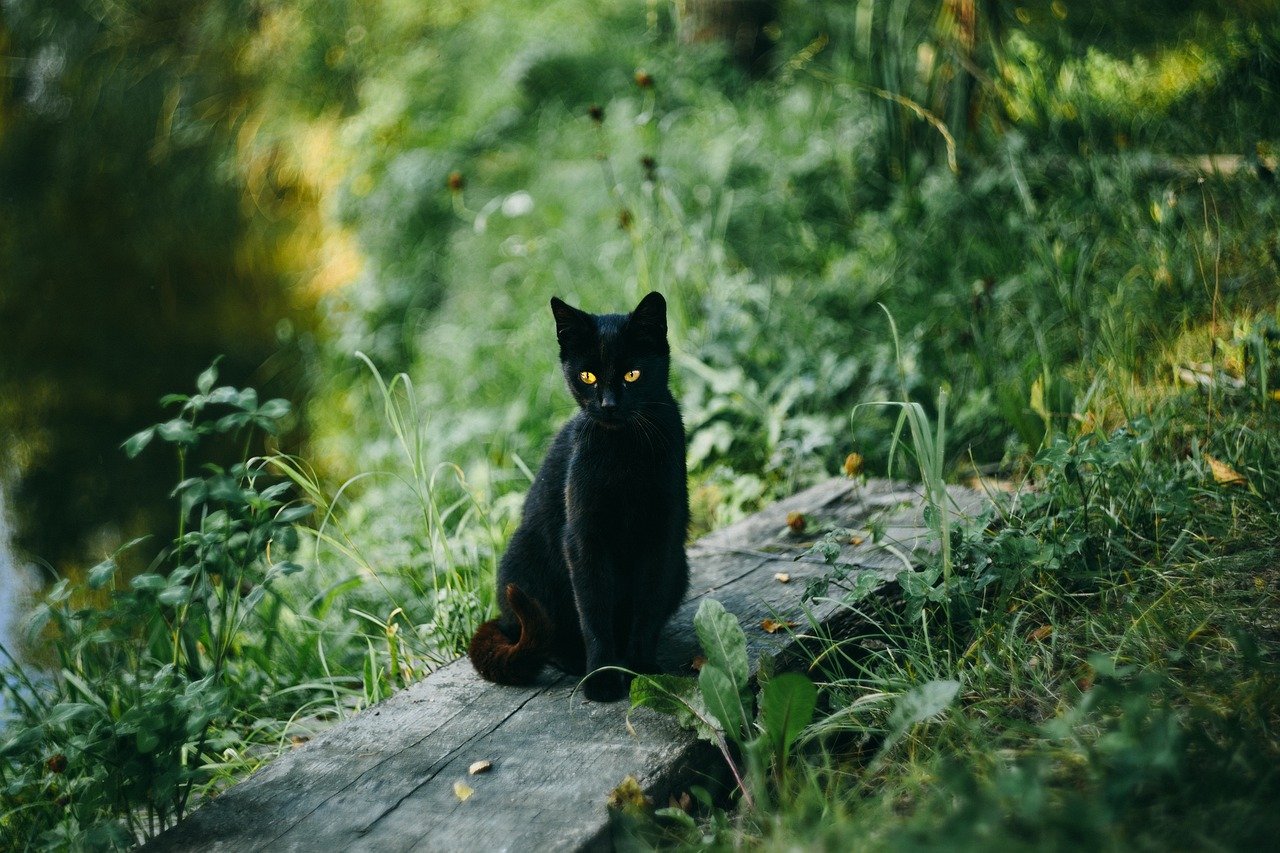
Bonding with your cat doesn’t always mean petting or holding them. Shared experiences, such as sitting together on the couch, watching TV, or reading a book, can be deeply meaningful. These moments of togetherness, even without physical contact, help reinforce your connection. Proximity allows your cat to feel like an important part of your life without stepping outside their comfort zone.
The Influence of Past Experiences
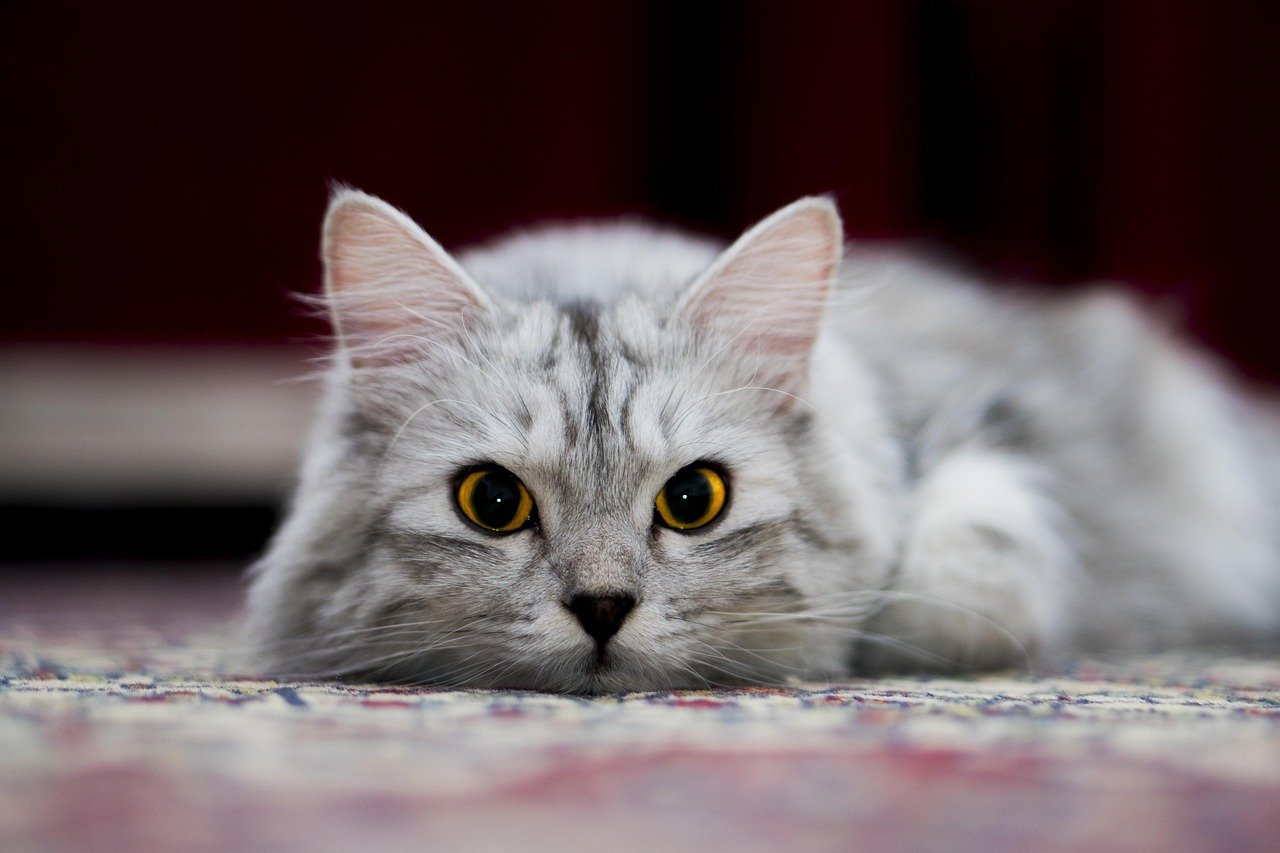
A cat’s history shapes how it interacts with people. Rescue cats or those with traumatic pasts may be wary of too much attention but still crave the comfort of being near someone they trust. Proximity becomes a bridge—a way to connect without fear. With time, patience, and understanding, these cats may gradually seek more attention, but their initial preference for closeness is a testament to their resilience and hope for connection.
Signs Your Cat May Want More Attention

While some cats prefer proximity, others may signal a desire for more attention in subtle ways. Watch for signs like persistent meowing, gentle head-butts, or following you from room to room. These gestures suggest your cat is open to more interaction but may be shy or cautious. By tuning in to these cues and responding gently, you can encourage your cat to seek more affectionate moments while still respecting their boundaries.
Balancing Proximity and Attention for a Happier Cat
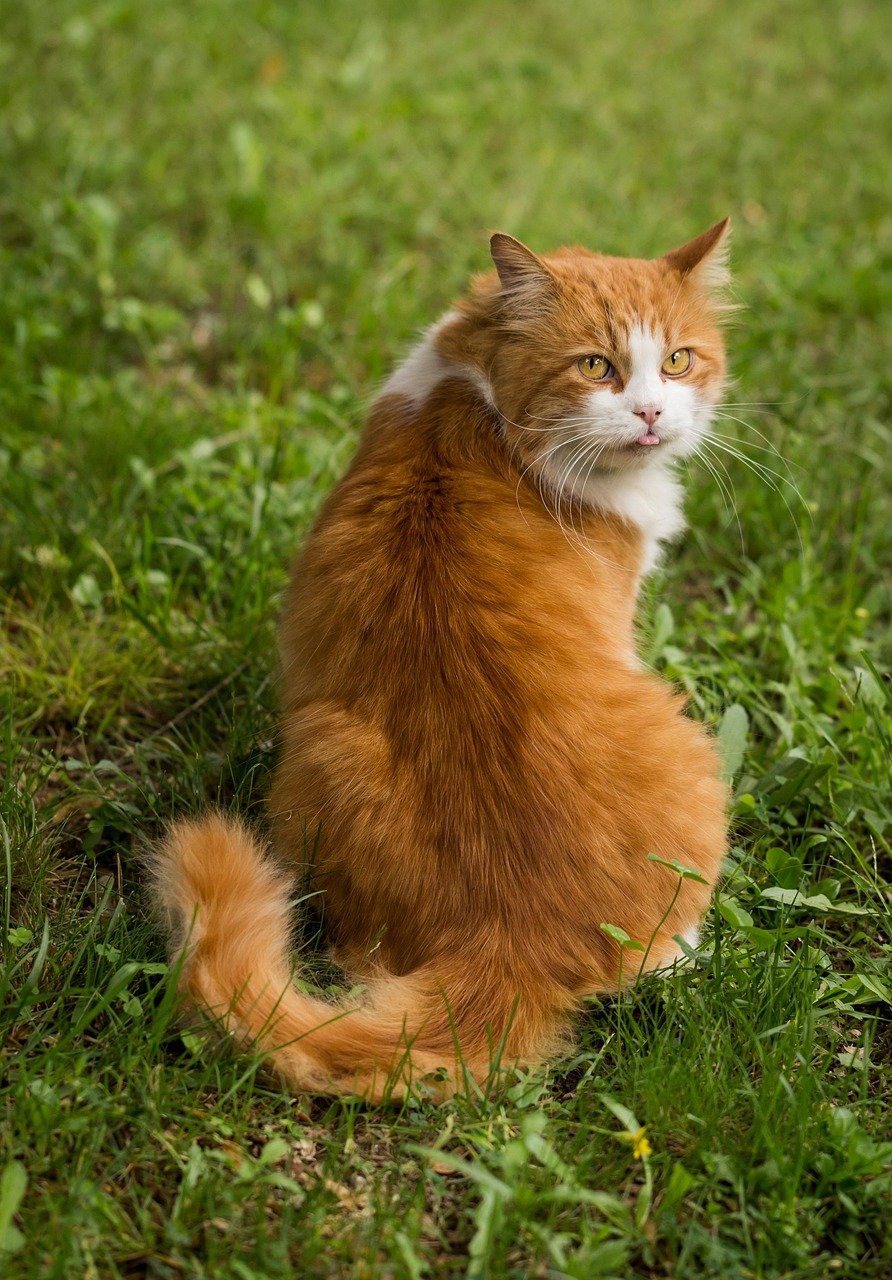
Finding the right balance between proximity and attention is key to a happy cat-human relationship. Pay attention to your cat’s preferences and adjust your interactions accordingly. Offer affection when invited, but never force it. Celebrate the moments of quiet closeness as much as the playful or affectionate ones. By honoring your cat’s unique way of expressing love, you create a deeper, more rewarding bond for both of you.
Hi, I’m Bola, a passionate writer and creative strategist with a knack for crafting compelling content that educates, inspires, and connects. Over the years, I’ve honed my skills across various writing fields, including content creation, copywriting, online course development, and video scriptwriting.
When I’m not at my desk, you’ll find me exploring new ideas, reading books, or brainstorming creative ways to solve challenges. I believe that words have the power to transform, and I’m here to help you leverage that power for success.
Thanks for stopping by, Keep coming to this website to checkout new articles form me. You’d always love it!






